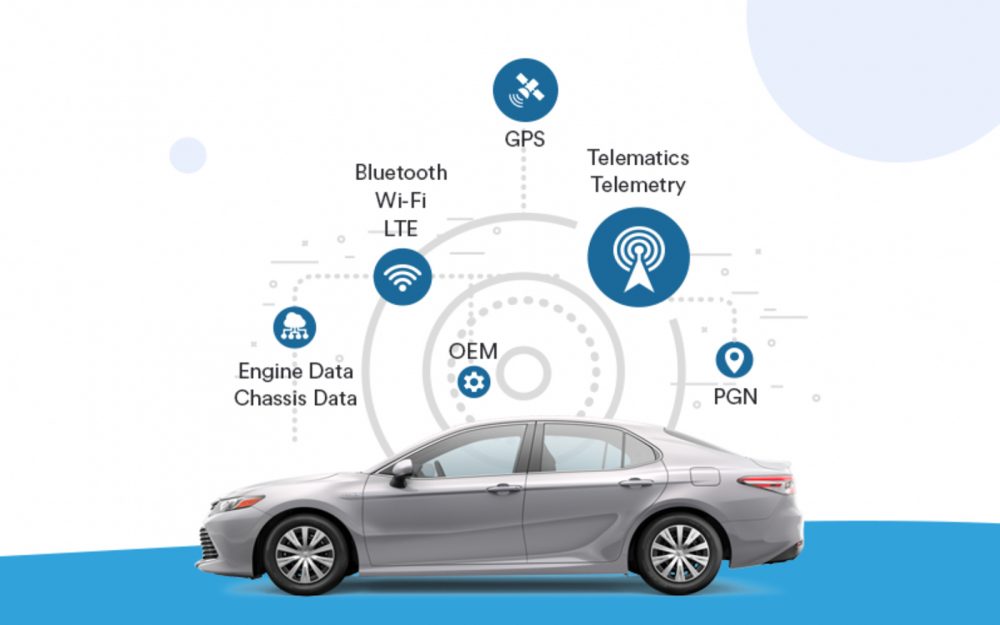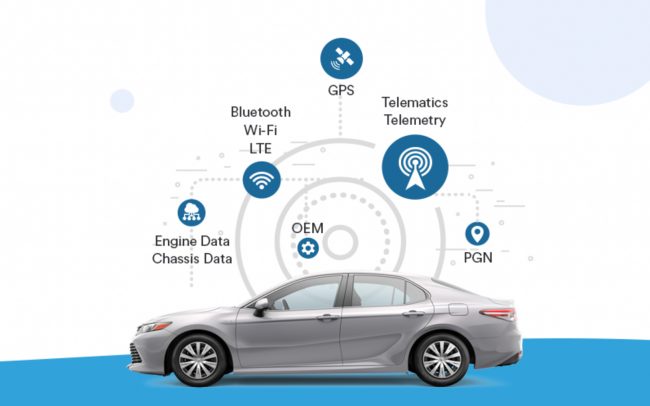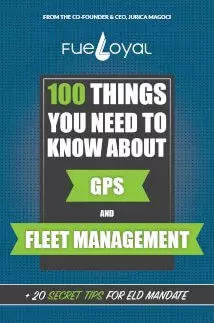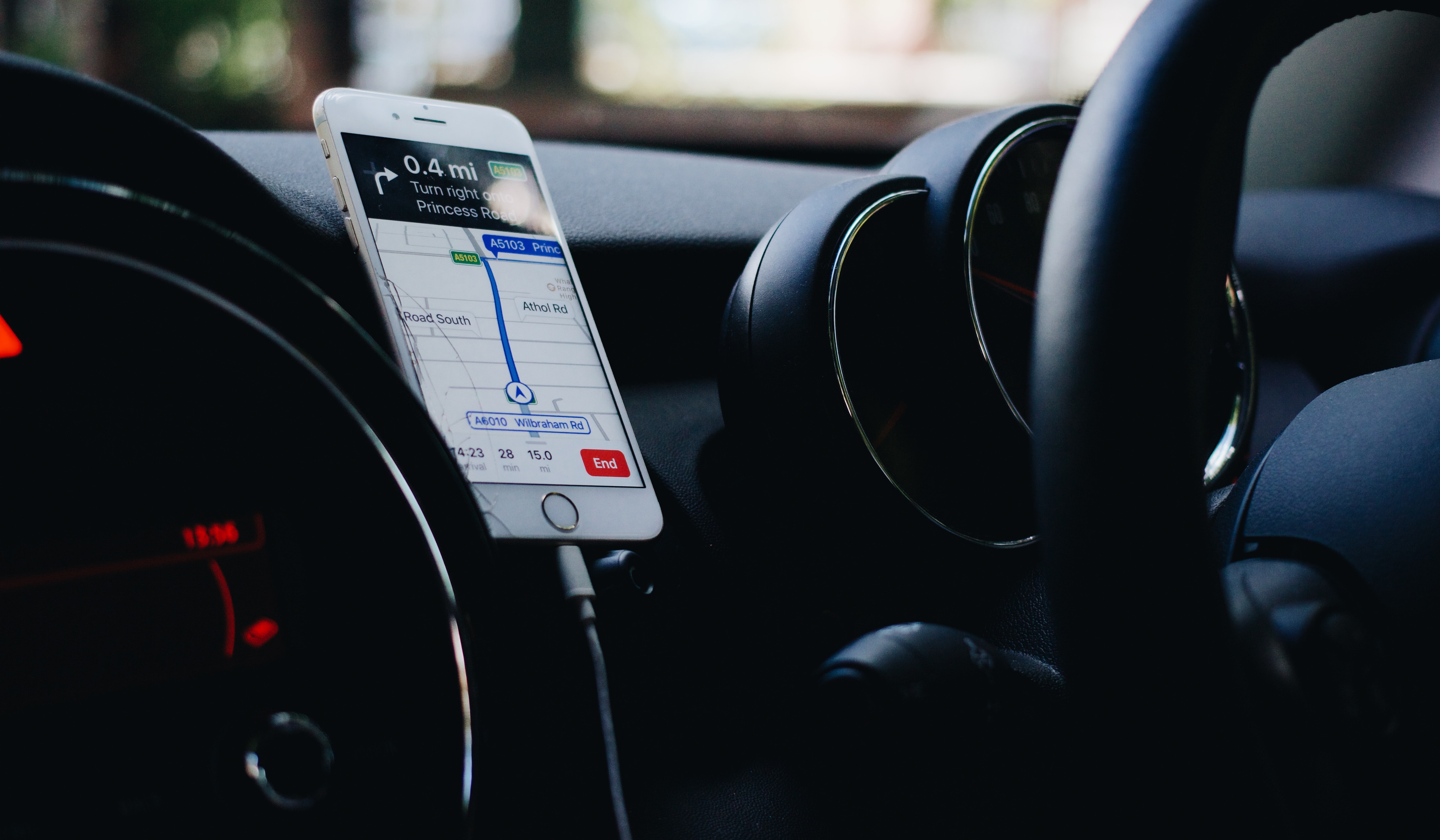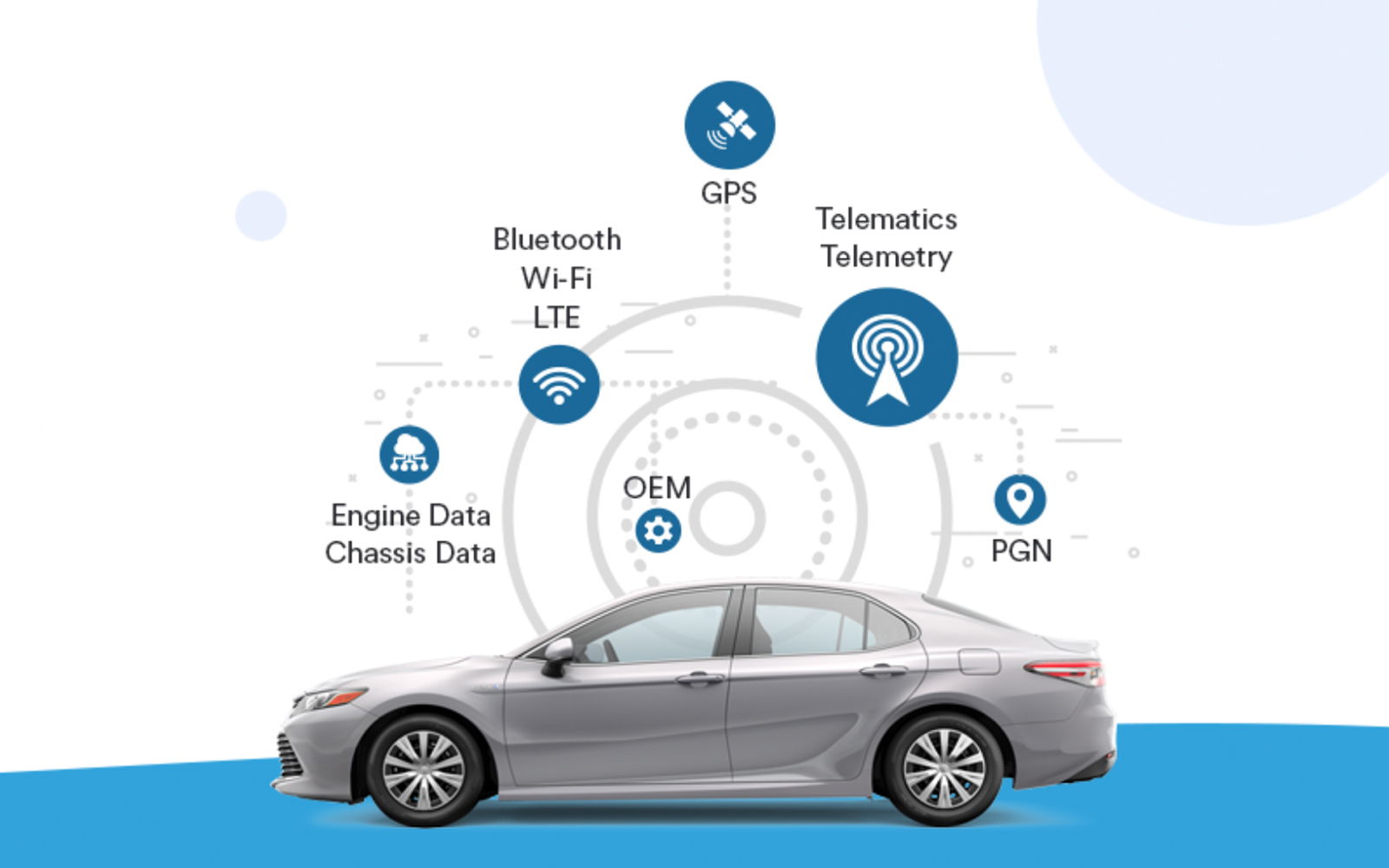Many customers ask themselves nowadays – what is a connected vehicle? It isn’t a term we hear that often in our everyday lives. We know what vehicles are, but the ‘connected’ part might be somewhat confusing. As surprising as it sounds, it is something every single person will be using in the near future. If you still haven’t gotten the whole idea of it, there is a simple definition to it, as follows.
What is a Connected Vehicle?
A connected vehicle is a vehicle that contains wireless networks that can link with nearby devices such as laptops, phones, nearby infrastructure buildings, trains, traffic signals, etc. Many would also define a connected vehicle as a system of Internet of Things (IoT).
Connected vehicles are able to access, send, and receive data, communicating real-time locations and events to every device around them, and upcoming. This allows the connected vehicle to continuously stay updated on what is going on during your drive. It is very effective for road safety, as well as keeping the environment cleaner.
The best thing about connected vehicles is that all the vehicle information that they send or receive is under data protection. You won’t have to worry about any information or data leak to an outside source.

History Of Connected Vehicles
No, we didn’t invent connected vehicles in the 21st century. In fact, the first one was created back in 1980, in a Formula 1 racing car. The connected features of the Formula 1 were a board computer that was installed by BMW. It would take over a decade to actually be used on the road by other vehicles.
General Motors (GM), along with OnStar, was the first to bring connected vehicles on the road. Three versions of the famous ‘Cadillac’ model were the first to use connected features. The first feature ever installed was the emergency call (eCall), where the main purpose of it all was to promote safety and get assistance after an accident.
We all know what GPS is, but until a few decades ago, it wasn’t a really popular term. Only those who were tech-savvy knew about its capabilities. Back in 2000, GPS features became a part of connected vehicles, which is just two decades ago. Before that, only the military would use it for various purposes. It’s a very important feature since it allows people to track stolen vehicles, as well as people. Nowadays, vehicle manufacturers consider it an integral part of connected vehicles and use it for many of its features.
Additional connected vehicle features
In 2001, vehicle manufacturers would install remote diagnostics in their connected vehicles, to let them diagnose problems within the vehicle much quicker. Since then, the technology of connected vehicles has improved dramatically.
The first-ever built-in SIM cards in a vehicle would be invented by BMW, back in 1998. Since 2004, the company includes them in some of its high-end models. The SIM card allows its drivers to check messages, weather forecasts, office functions and includes anonymous tracking of heavy traffic jams.
Just one year after Apple would introduce their first-ever iPhone back in 2008, Chrysler will be the first company to use the Internet Hotspot feature. From there on, it is a new step for the automotive industry and its technology usage in vehicles, as well as a huge leap for connected vehicles.
What Are Some Connected Vehicle Trends?
The connected vehicle is becoming the future of transportation. Features such as wireless networks and artificial intelligence (AI) are now becoming the heart of the connected vehicle.
AI Interface
Newly-developed Artificial Intelligence (AI) software now serves as a personal assistant, responding to your commands, using face recognition, and guiding us where we need to go. This is but a fraction of connected vehicle features.
Telematics
With telematics in connected vehicles, drivers are more alert, increasing the safety rating. They receive notifications (reminders) not to stray off lanes and cause accidents, as well as other numerous benefits. It also has a smart maintenance service that keeps you updated on when you need to service your vehicle. Most connected vehicles manufactured after 2015 have telematics installed.
Self-Driving Vehicles
Fifty years ago, people would talk about how future generations will be using self-driving vehicles in the near future. Well, that day has finally arrived. Some high-end models such as the Mercedes S Class, BMW 7 Series, etc., have a partial self-driving option. Self-driving vehicles have various levels of automation, and each year they receive upgrades and updates to a higher intelligence level of self-driving. Most automakers claim that in the next decade, there will be many fully self-driving vehicles out on the road. However, they differ from connected vehicles in terms of navigation. Unlike autonomous vehicles, we are still in control when we drive our connected vehicle.
Car-to-Car communication
As mentioned before, connected vehicles communicate with each other wirelessly on the road. This is important for traffic purposes and crash prevention. Every new car will have this featured in the following years.
Sensors
This is all the use of open and closed-loop control strategies used in car mechanics. This involves the monitoring of the car battery, transmission oil pressure, gas exhaust control, etc. The best thing about sensors is that it helps the connected vehicle use fuel more efficiently, saving you those extra dollars on gas.
5G
Yes, 5G is the upcoming trend of connected vehicles. In the future, 5G will allow connected vehicles to transmit data of how they’re driving. It will have very strong receivers and transmitters which will allow real-time communication to be much faster. All real-time locations will be more accurate. Having 5G in a connected vehicle will allow communication to city networks, helping you find parking, locating hidden areas, and informing you on which alternative turn to take when there are high traffic jams or any road blockages.

What Are The Benefits of Connected Vehicles?
Time Efficiency
The biggest problem in driving is traffic jams, all because it consumes a lot of your time. Especially when you are going to work or driving back home, stuck in traffic.
Connected vehicle applications will update you on traffic scenarios, and allow you to take alternative choices on which routes to take in order to save your time.
Safety
Unfortunately, many people lose their lives every year, caused by devastating car accidents. A car accident can happen at any time. With upcoming alerts of any threats ahead, the amount of deaths over the years is slowly declining and it should continue so in the upcoming years. Connected vehicle crash alerts include icy, curvy roads, and other physical collisions that occur.
Environment-friendly
With reduced emissions, the connected vehicle has applications specially designed for the environment. These applications allow you to make choices on what is best for the environment. This is a great feature since greenhouse gases are on a sharp rise year by year. It’s safe to say connected vehicles will reduce the transmissions of GHGs such as carbon dioxide.
Examples Of Connected Vehicle & IoT Features
With high bandwidth networks, the connected vehicle has a wider range of capabilities. To make you understand it better, here are a few examples of some of its capabilities:
- Automatic Braking- the car will brake by itself when it senses something in front that may be too close. In some cases, it may also include a warning sign of nearby objects in case the connected vehicle doesn’t have automatic braking.
- Automatic Road update- reports road conditions, level of traffic, also any accidents up ahead.
- Automatic Route planning- an automatic route is planned based on real-time conditions.
- Adaptive Cruise control- the speed of the connected vehicle will be automatically controlled based on how the driving conditions are, and its surroundings.
- Autonomous/semi-autonomous control- Now, some autonomous controls in a car have levels to what extent human intervention is needed. Every year that passes by, it allows the connected vehicle to become more autonomous. Semi-autonomous vehicles have some features which don’t require human intervention but can’t be fully self-driven.

Connected Vehicle Data Protection
When it comes to connected car data, many people have worries about their data being stolen or tracked down by anonymous devices. There is nothing to worry about because the calls you make with the connected car all have a passive SIM Card unless you make emergency calls. This hides any locations or sensitive information of getting exposure to an external threat.
For any other reason, the personal data that your connected vehicle stores is under the European Union’s General Data Protection Regulation (GDPR), or the California Consumer Privacy Act (CCPA). These laws limit the information (data) to autonomous car manufacturers.
Connected vehicle manufacturers have high-security standards for data sharing. This goes without saying as they do it immediately, during the process of production. Data protection in this case is at the highest level when using your connected vehicle.
One example is the eCall system. The eCall system does not have the technical capacity to spy on other profiles. This is a regulation set under the GDPR & CCPA.
Mobility Services in The Connected Vehicle
Mobility services inside the connected vehicles are very important when it comes to emergency situations. They are improving over the years, and as of now, Mobility Services include eCalls, stolen car tracker, car breakdown assistance, concierge service.
eCalls (emergency calls)
A very important connected vehicle feature for urgent cases. The eCall allows you to quickly dial the emergency number in case of a serious accident. It is also a mandatory feature that vehicle manufacturers install in the newest car models. Most state governments also make it a must.
Stolen Car Tracker
Someone having your connected vehicle can be a huge issue. You don’t want your money to go to waste just like that, do you? The stolen car tracker has a smart protection service, sending the real-time location, and notifying the owner whenever someone tries to steal their vehicle. This allows the owner to inform the police through an identification code that they receive on their smartphones. From there on, the police will receive the location of the connected vehicle and allow them to retrieve it.

Car Breakdown Assistance
You never know what can happen to your connected vehicle when driving. There isn’t a thing to worry about, because in any situation of it breaking down, you can request a call to the service center. The service center will receive the data, as well as the location of your connected vehicle. A tow truck will be on the road to help with the breakdown or even a replacement car in the worst-case scenario.
Concierge Service
It’s really hard to drive and use your mobile phone to stay updated, especially if you are driving at night, or on the highway. Now, you can use the onboard systems to connect to a digital voice assistant or service center to get the necessary information without putting your life at risk. This is yet another intelligent connected vehicle feature for all drivers.
The digital voice assistant or service center can help you in keeping you updated on nearby hotels, restaurants, cafes, ongoing traffic conditions, the weather, etc. You can also reserve a hotel room, or a table at a restaurant just by using your voice, how easily does it get?
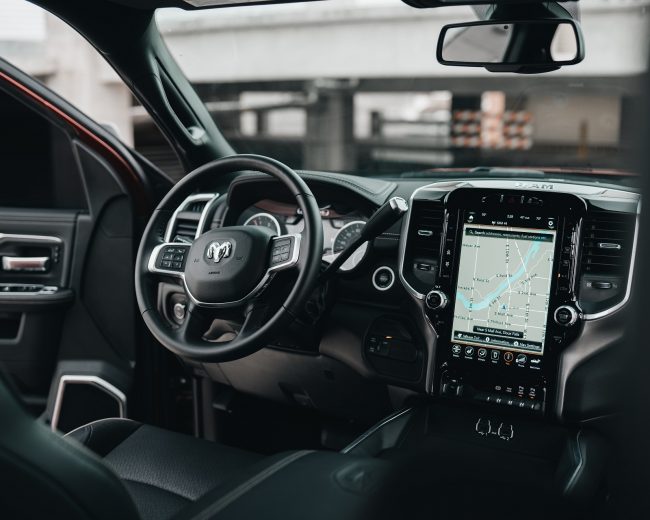
Monetization of Connected Vehicle Data
Monetization of connected vehicle data is used for personalization, essential & non-essential driving data, vehicle data, driver data, & data focused on surrounding conditions. Here are some categories:
- Connected Vehicle Status – Service maintenance notifications, eCalls, vehicle stats.
- Driver Behavior – Insurance plans, automatic road payments, etc.
- Internal Vehicle Communication – digital voice assistant, voice control.
- Personalized data – Personalized ads, custom vehicle settings, etc.
- Road Conditions – live reports on traffic, road conditions, maps.
Conclusion
The fact remains – connected vehicles are on the uprise. The current market size is currently worth over $50 billion and will most likely reach the $160 billion-mark by 2025.
Too many vehicles on the road are becoming a huge problem, increasing air pollution, reducing parking space, and creating hectic traffic jams.
The whole idea of governments is to increase the intelligent transportation system. That doesn’t necessarily mean that the traffic jams will increase, but vice versa – use connected vehicles to decrease or eliminate these issues. What this technology aims to do is to be there for us when we need it.
To find out more on how Connected cars are trying to achieve this, make sure to visit our Connected Vehicle Platform page.
